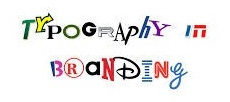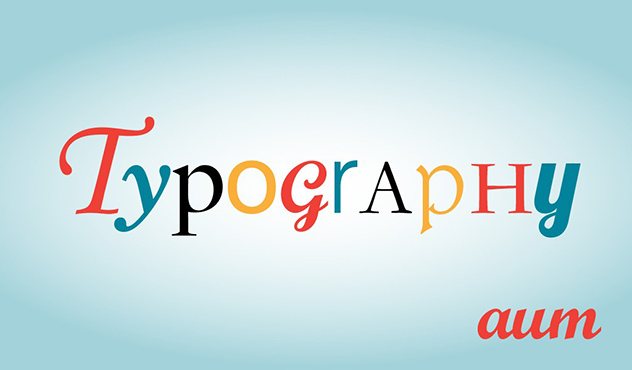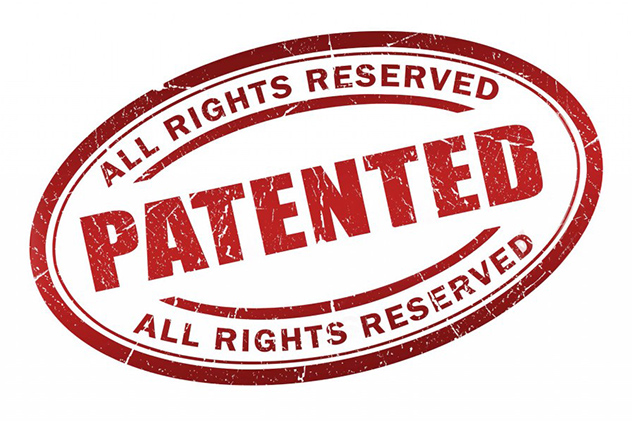Well, it turns out that those fonts are for far more than just our amusement. In the Design, Marketing, Advertising and Publishing industries, typeface selection is serious business– one that can promote or underscore any project.
The font you choose helps convey your message. If you think about it, you’ve probably never received a wedding invitation that looks like this:

Okay, maybe you have- everyone has a fair share of family and friends who are delightfully quirky. More often than not however, an elegant affair calls for a graceful font; something more along the lines of this:

The fluid lines of the second font represent a more serious occasion-one that will be a classy and upscale affair.
Likewise, professionals must choose fonts that accurately communicate their message, brand, advertisement or story. If an advertising executive creates a movie poster for an upcoming blockbuster about Dracula, which of the following fonts will have the largest impact on consumers?

How about this scenario? A writer has just fulfilled her lifelong dream and written an epic 400-page novel. Which font would be easier to read 400 pages of?

It isn’t always so simple though. Typography can easily represent a well-known character or concept but when ideating something completely new, like a business’s logo or brand font, it is the job of the designer to represent the entire brand’s identity in one or a combination of fonts. Capturing a company’s vision, core values and spirit with a particular typeface can be challenging but when selected well, can produce brand recognition and loyalty. Here’s an example. Do you recognize any of these fonts?

Research studies conducted on Typography have found that participants will not only recognize prominent branding but they are also impacted differently after exposure to different types of fonts. In one such study, volunteers were given an instruction manual and told to complete a project. The instruction manual was presented in two different fonts and divided evenly among the participants. The study concluded that half the people in the room- all having read the same font, responded to the project more creatively and completed their project more happily than the rest. Not only can a font convey a message- it can also affect our behavior!
It’s easy to see why Typography has evolved into its own discipline within design. An image with the power to influence thought and behavior is art and those with creative aptitude can harness the power of that art in lucrative ways throughout diverse industries.




